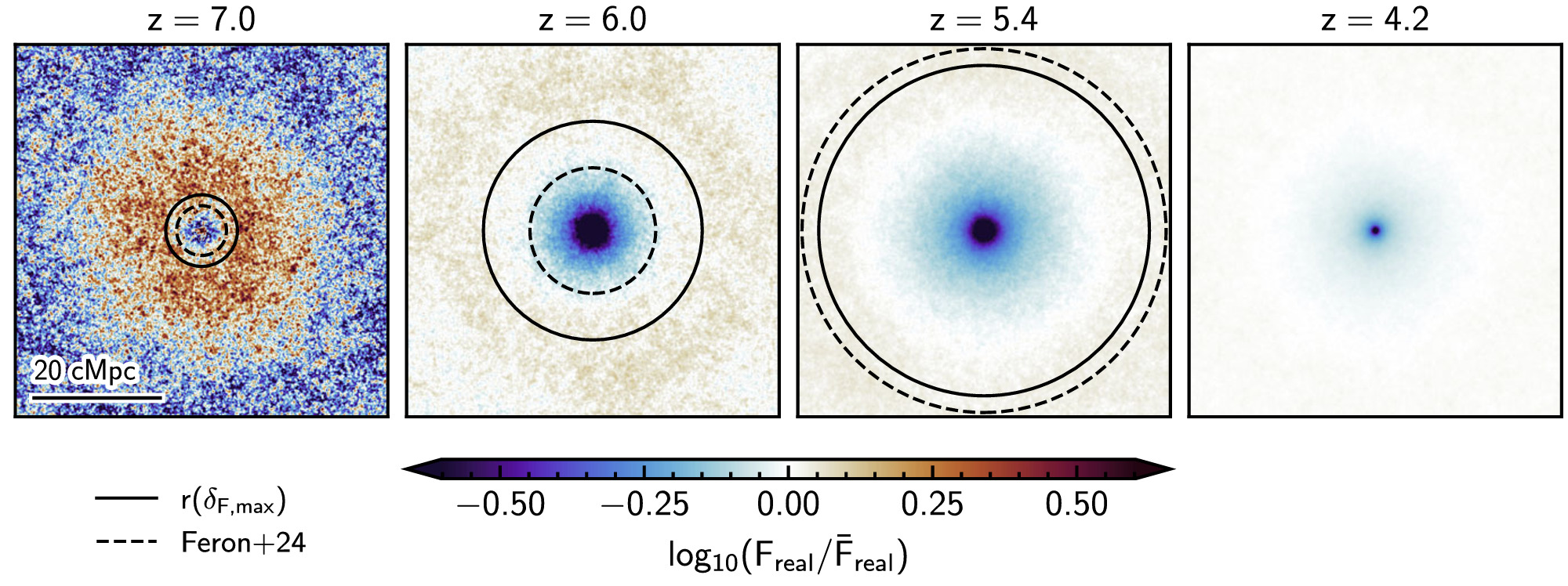つくば宇宙理論コロキウム
第60回
高赤方偏移銀河と銀河間物質の関係
ルーク コナボイ 氏
ノッティングハム大学
要旨
Recent work has suggested that, during reionisation, spatial variations in the ionising radiation field should produce enhanced Ly$\alpha$ forest transmission at distances of tens of comoving Mpc from high-redshift galaxies. I will present results from our study -- which includes the largest simulation box ($L \sim 240$ cMpc) used to study this effect to date -- showing that the Sherwood-Relics suite of hybrid radiation-hydrodynamical simulations are consistent with this interpretation. Both the galaxy host halo mass and the fraction of neutral hydrogen in the IGM, xHI, influence the shape of the galaxy--Ly$\alpha$ transmission cross-correlation. Our models are able to recover a variety of observational constraints, though not always without some tension. For example, the excess Ly$\alpha$ forest transmission at scales $r \sim 10$-$40$ cMpc at $z=5.2$ reported by Meyer et al. (2019) - measured using CIV absorbers as proxies for galaxies - is reproduced by Sherwood-Relics at $z=6$, assuming that these galaxies are hosted in haloes with mass $M > 10^{10}$ $M_\mathrm{\odot}/h$. However, this redshift mismatch requires $x_\mathrm{HI}=0.1$ at $z≃5.2$, in tension with the observed Ly$\alpha$ forest effective optical depth distribution. We speculate this tension may be partly resolved if the minimum CIV absorber host halo mass at $z>5$ is $>10^{10}$ $M_\mathrm{\odot}/h$.




 Ja En
Ja En